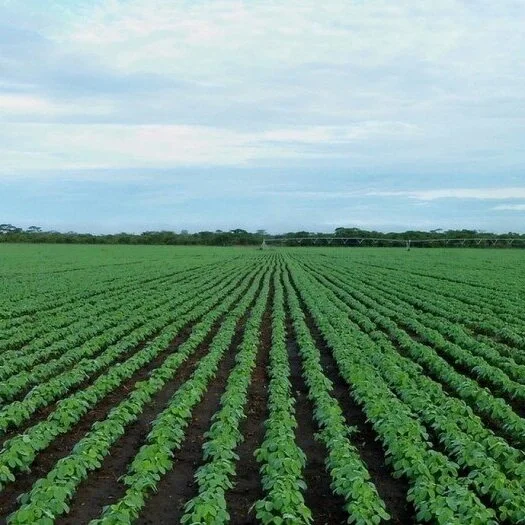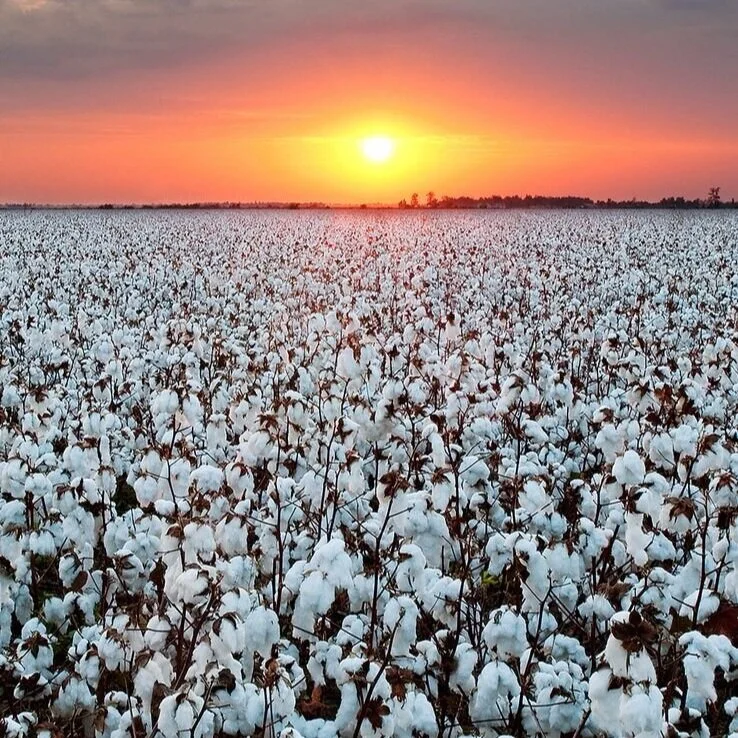The rain just keeps coming for farmers in Louisiana this spring. Planting for cotton is significantly behind, and the deadline for crop insurance is rapidly approaching. LSU AgCenter reporter Craig Gautreaux has this report.
Read MoreThe Thrips Infestation Predictor for Cotton is a useful tool for predicting whether a foliar insecticide application is needed for tobacco thrips control. This online decision aid has been around a few years, but the website recently changed to products.climate.ncsu.edu.
Read MoreRecently, I had the opportunity to tour the USDA Cotton Classification Complex in Memphis, Tenn., It serves as the Program’s field headquarters and houses one of 10 regional classing offices located throughout the nation’s cotton producing areas. Together these regional offices grade every bale of cotton produced in the United States, but the Memphis office is special.
Most every bale of cotton produced in the world — not just the U.S. — has a connection to the USDA Cotton & Tobacco Program in Memphis. You could say the same for every pair of jeans or every cotton shirt in existence. Cotton standards used across the world originate at this facility. The cotton standards connect every facet of the cotton industry — from agricultural production to textiles.
Read MoreU.S. cotton production in 2021/22 is projected to rise 2.4 million bales, but total supply is projected at its lowest in 5 years, and both exports and ending stocks are forecast lower than in 2020/21. Production is anticipated at 17.0 million bales, with 12.0 million planted acres as indicated in Prospective Plantings, abandonment projected above the average of the past 5 years, and average yields.
Read MoreThe May World Agricultural Supply and Demand Estimates gives the first look at the newest marketing year demand expectations since the USDA Agricultural Outlook Forum in February. This is the highlight of spring USDA reports as it incorporates farmer planting decisions from the March Prospective Planting report and adapts supply estimates to reflect weekly planting progress reports. The big story leading up to this report is rising prices due to the increased global demand for U.S. commodities. This Market Intel dives into the May WASDE for updated estimates of the current 2020/21 marketing year crop and assesses what could be in store for the newest 2021/22 marketing year, which starts in September.
Read MoreThis report contains the results from the 2021 May Ag Yield, 2020 Cotton Ginnings, and Objective Yield surveys. Thanks to all who responded to these surveys and to those cotton producers who allowed objective measurements to be taken in their fields.
Read MoreTwo Mississippi State researchers and pioneers in the growing field of economically targeted conservation are showing farmers that making money off their land can be feasible even when the land isn’t producing.
Read MoreAverage spot quotations were 89 points lower than the previous week, according to the USDA, Agricultural Marketing Service’s Cotton and Tobacco Program. Quotations for the base quality of cotton (color 41, leaf 4, staple 34, mike 35-36 and 43-49, strength 27.0-28.9, and uniformity 81.0-81.9) in the seven designated markets averaged 84.03 cents per pound for the week ending Thursday, May 6, 2021.
Read MoreQuotations were almost 4 cents higher than the previous week, according to the USDA, Agricultural Marketing Service’s Cotton and Tobacco Program. Quotations for the base quality of cotton (color 41, leaf 4, staple 34, mike 35-36 and 43-49, strength 27.0-28.9, and uniformity 81.0-81.9) in the seven designated markets averaged 84.92 cents per pound for the week ending Thursday, April 29, 2021.
Read MoreSpot quotations were 269 points higher than the previous week, according to the USDA, Agricultural Marketing Service’s Cotton and Tobacco Program. Quotations for the base quality of cotton (color 41, leaf 4, staple 34, mike 35-36 and 43-49, strength 27.0-28.9, and uniformity 81.0-81.9) in the seven designated markets averaged 80.94 cents per pound for the week ending Thursday, April 22, 2021.
Read MoreThe National Cotton Council (NCC) says the Growing Climate Solutions Act of 2021 will help pave the way for producers and forest landowners to adopt carbon sequestration practices – thus helping lower greenhouse gas emissions.
Read MoreMany clothing brands and large retailers have set goals of obtaining 100% of their raw materials from suppliers who can document that they produce those fibers using environmentally sustainable practices.
That should give cotton producers a leg up because they are providing a naturally grown fiber rather than one created in a manufacturing facility with petroleum products. But growers have to be able to back up their claims.
Read MoreSpot quotations were 328 points higher than the previous week, according to the USDA, Agricultural Marketing Service’s Cotton and Tobacco Program. Quotations for the base quality of cotton (color 41, leaf 4, staple 34, mike 35-36 and 43-49, strength 27.0-28.9, and uniformity 81.0-81.9) in the seven designated markets averaged 78.25 cents per pound for the week ending Thursday, April 15, 2021.
Read MoreThe U.S. Department of Agriculture today announced the 2021-crop loan rate differentials for upland and extra-long staple cotton, which are applied to the crop loan rate to determine the per bale actual loan rate.
The differentials, also referred to as loan rate premiums and discounts, were calculated based on market valuations of various cotton quality factors for the prior three years. This calculation procedure is identical to that used in past years
Read MoreThe U.S. Department of Agriculture (USDA) today announced the availability of more than $330 million to help agricultural producers and organizations in the food supply chain recover from the financial impacts of the COVID-19 pandemic. The funding announced today is part of USDA’s Pandemic Assistance for Producers initiative launched in March, and includes $169.9 million for the Specialty Crop Block Grant Program (SCBGP), the availability of $75 million for Gus Schumacher Nutrition Incentive Program [GusNIP; formerly known as Food Insecurity Nutrition Incentive (FINI)] grantees and approximately $80 million in payments to domestic users of upland and extra-long staple cotton.
Read More














